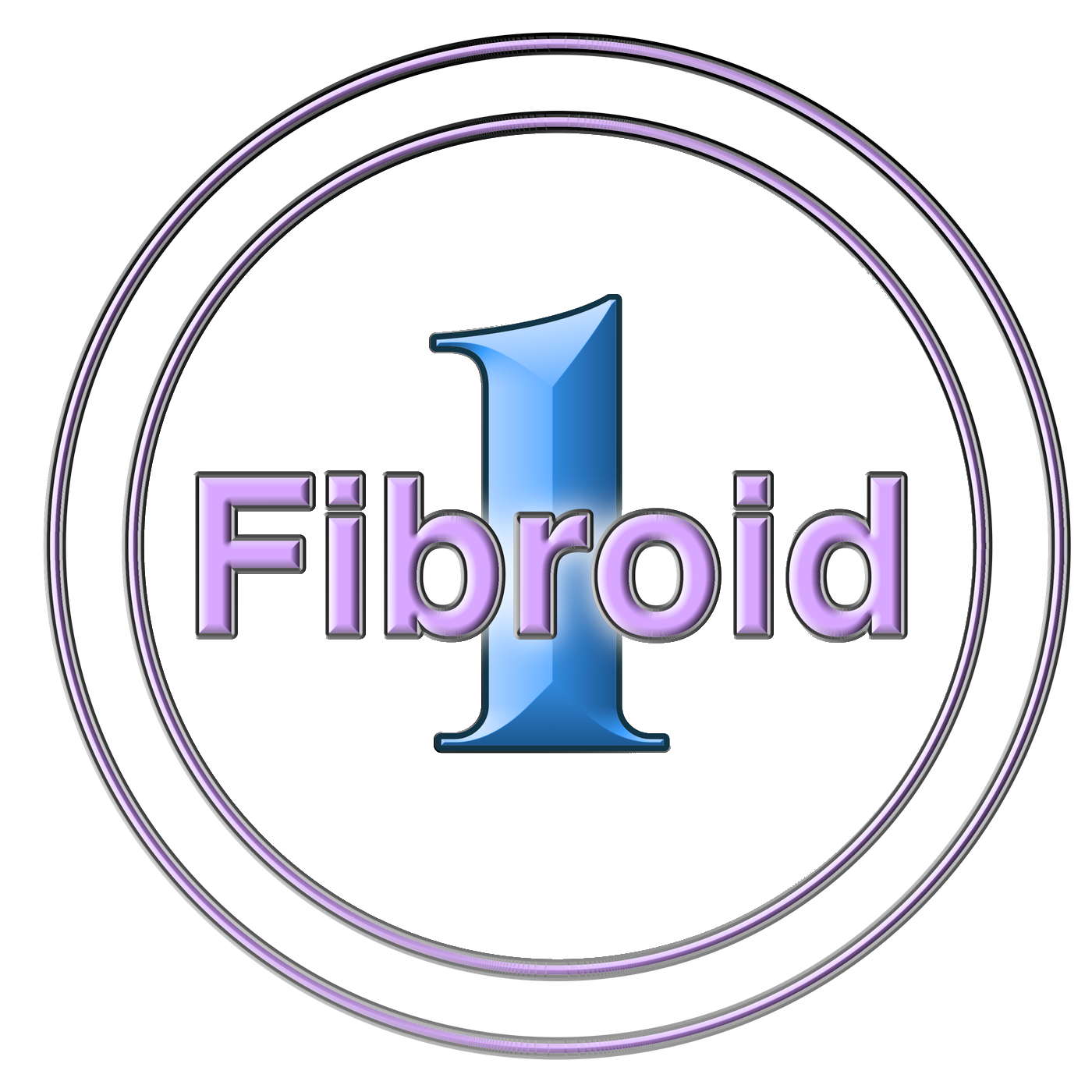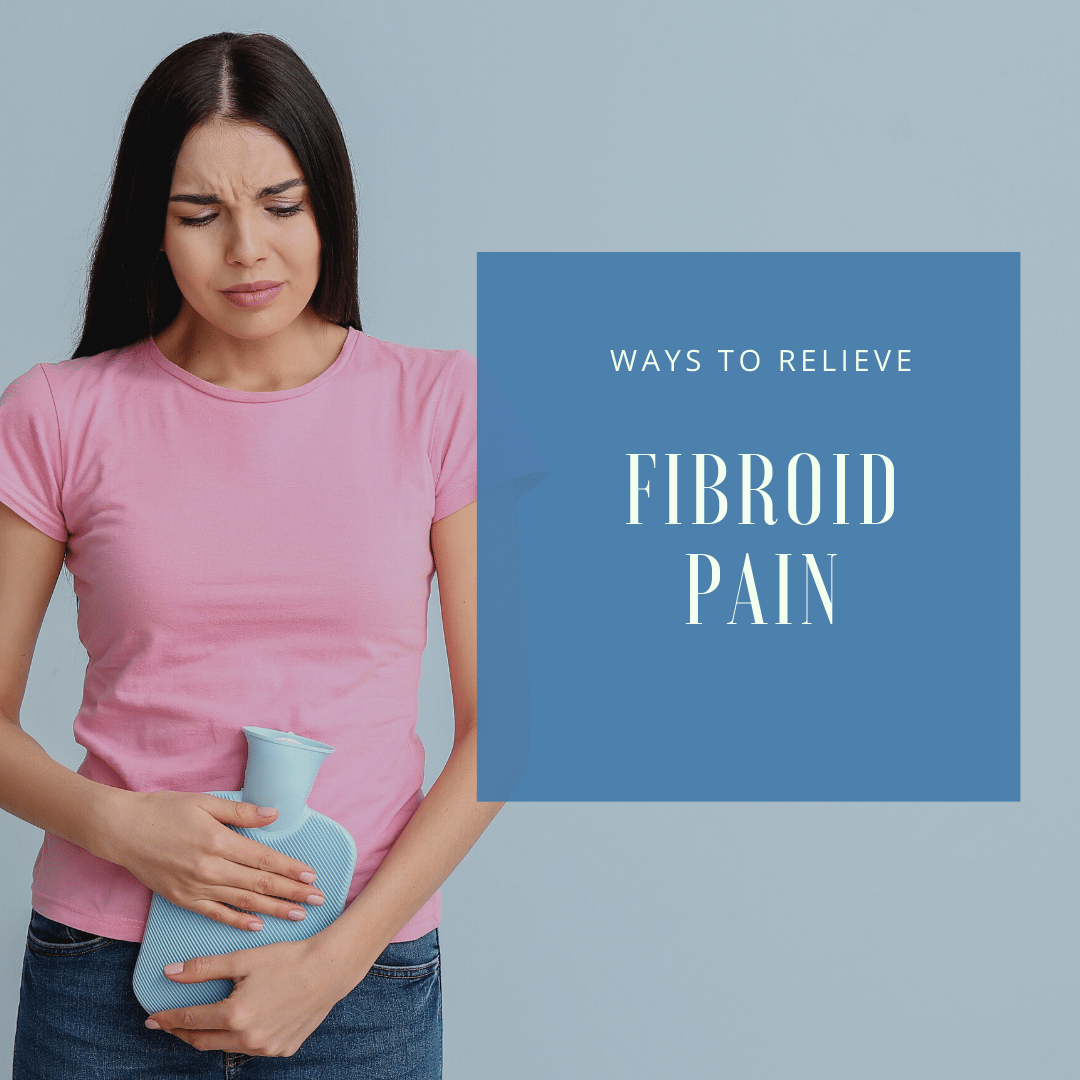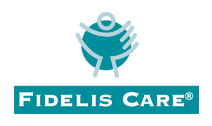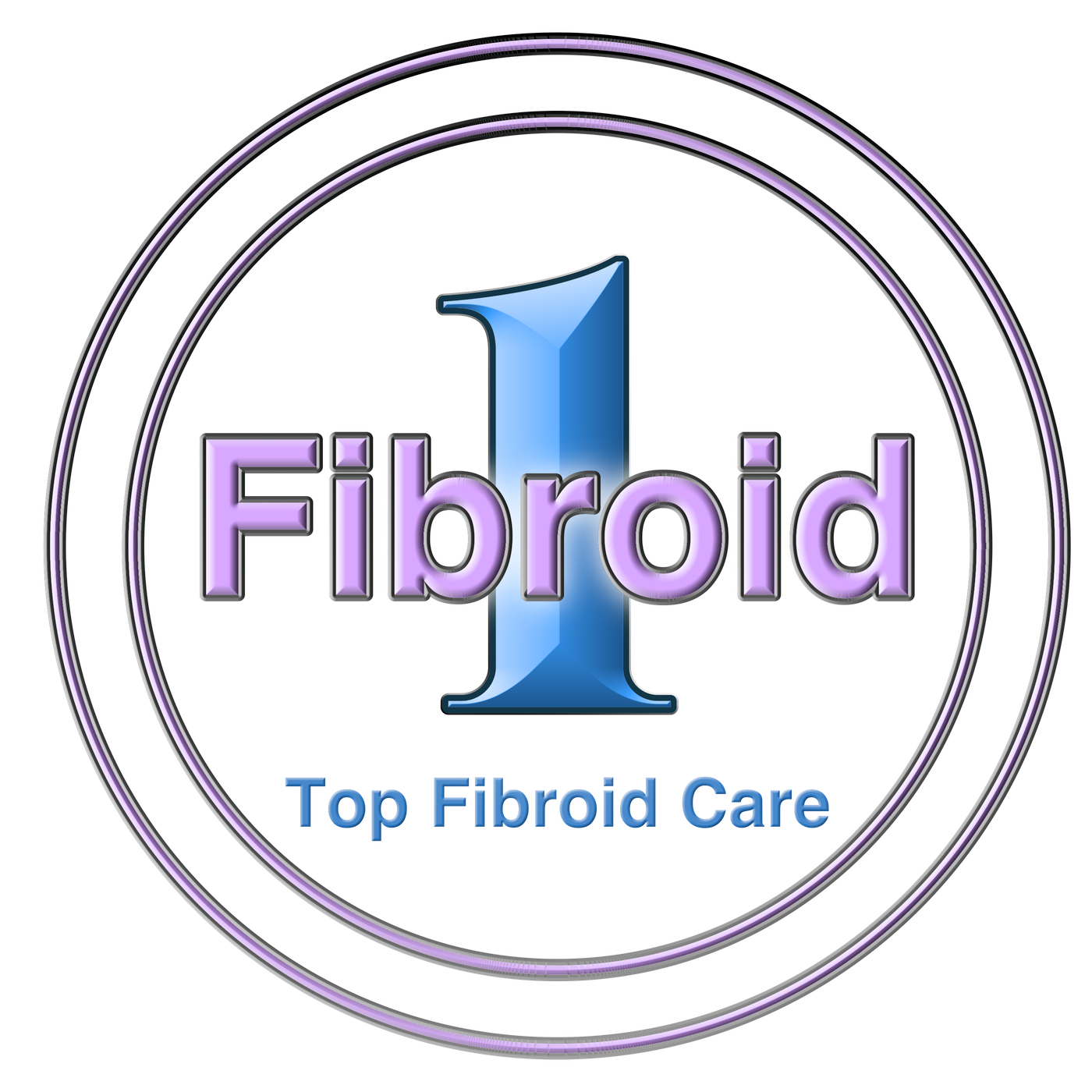If you’re one of the many women who suffer from uterine fibroids, you’re likely looking for ways to relieve the pain they can cause. Uterine fibroids are noncancerous tumors that form in the uterus, and while most don’t cause any problems, some can lead to pain, heavy periods, and other symptoms. If your fibroids are causing you a lot of pain, don’t worry – there are many things you can do to ease it. In this blog post, we’ll discuss ways to relieve fibroid pain using home remedies, lifestyle changes, medications, and surgery.
What are uterine fibroids?
Before looking at ways to alleviate fibroid pain, it helps to understand more about them. Uterine fibroids are growths that develop in or around the uterus, and while they’re most common in younger women, they can occur at any age. There are many different types of uterine fibroids, and they can vary in size from very small (just a few millimeters) to very large (several inches).
Fibroids are usually benign (noncancerous), but in very rare cases, they can be cancerous. They’re made up of smooth muscle cells and connective tissue, and they can grow inside the wall of the uterus, on the outside of the uterus, or in the uterine cavity itself. Fibroids can also grow attached to the uterus by a stalk, which is called a pedunculated fibroid.
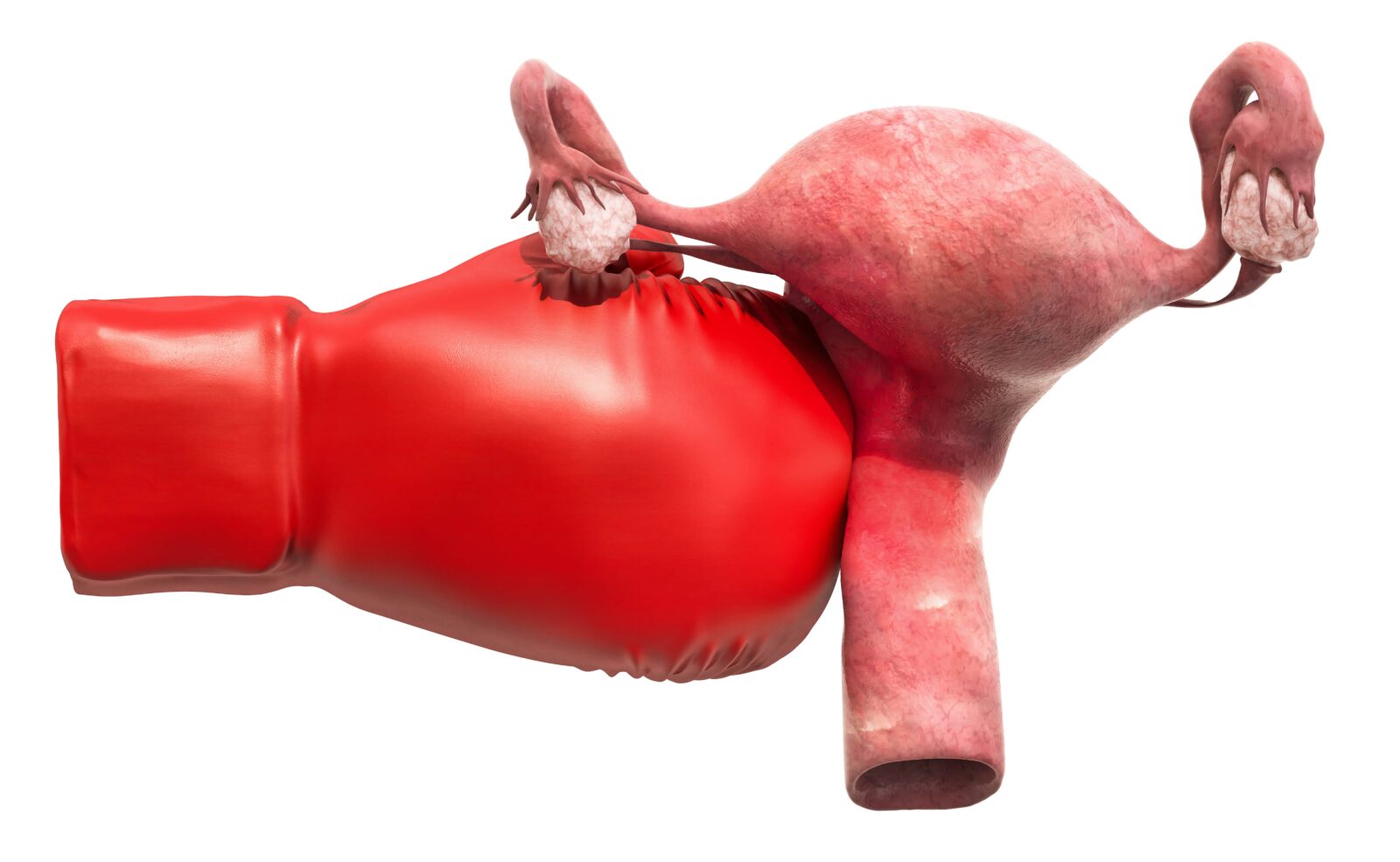
Why do some uterine fibroids cause pain?
It’s not entirely clear why some fibroids cause pain while others don’t. However, it’s thought that certain factors may play a role. For example, if a fibroid is large, it may press against other organs in the pelvis and cause pain. If a fibroid is located near nerves or blood vessels, it may also cause pain. Additionally, if a fibroid grows quickly or bleeds, this can also lead to pain.
Ways to Relieve Fibroid Pain
Now that we know more about what fibroids are and why some fibroids cause pain while others don’t, let’s take a look at some ways to manage pain caused by fibroids:
Home Remedies:
When it comes to pain relief, most people want to start with the easiest approach. There are many home remedies that can help ease fibroid pain. For example, placing a heating pad on your stomach or lower back can help relax the muscles and ease pain. Taking a warm bath or using a relaxation technique such as yoga or meditation can also be helpful. Some people also have good results from taking nonsteroidal anti-inflammatory drugs (NSAIDs) or getting a massage.
Maintain a Healthy Weight:
Carrying extra weight can put additional pressure on the pelvic area and worsen fibroid pain. If you’re overweight or obese, losing even a few pounds can help relieve your pain. Eating healthy and exercising regularly have also been found to reduce fibroid pain.
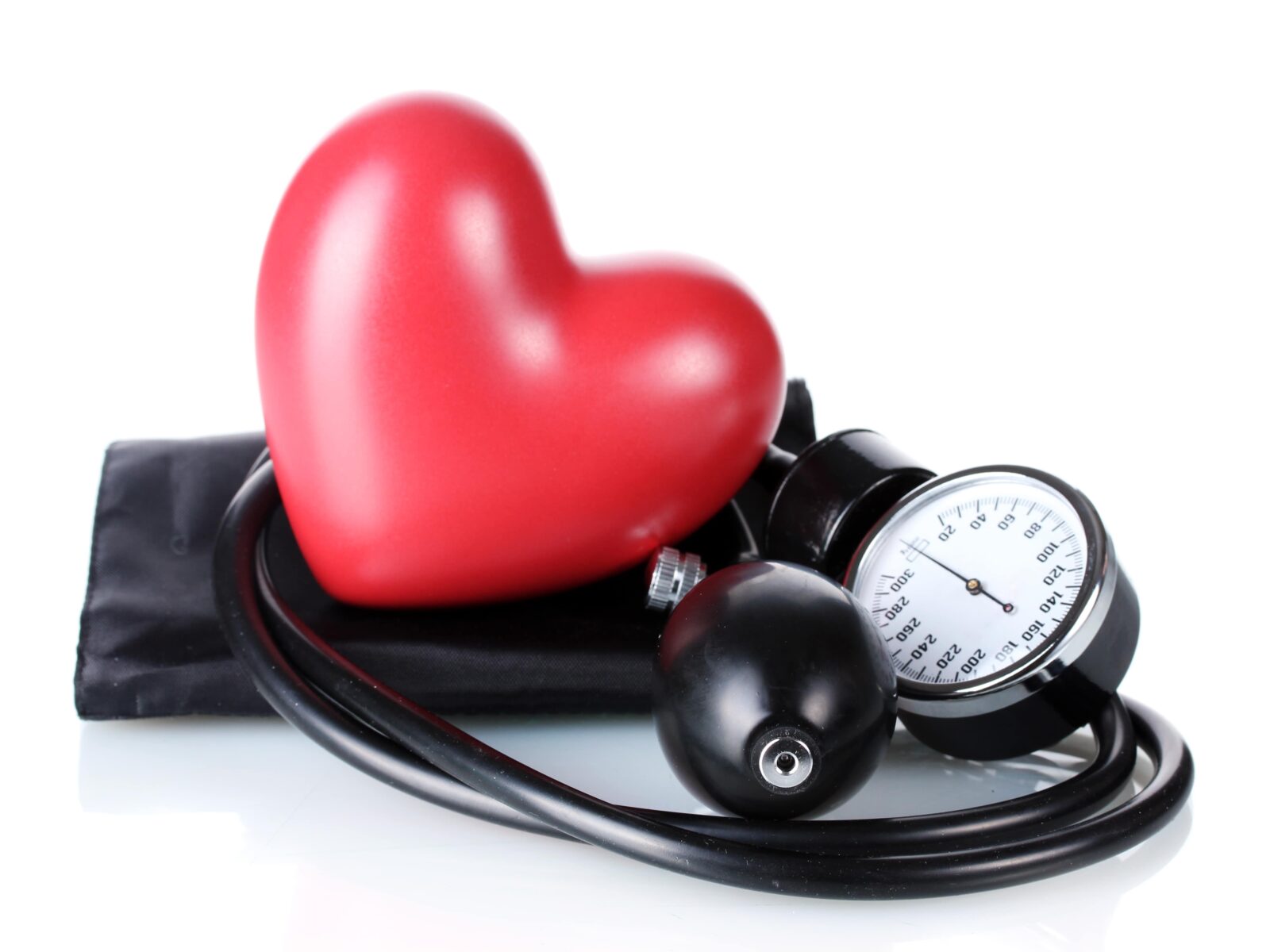
Reduce Your Blood Pressure:
High blood pressure can cause or worsen fibroid pain. If your blood pressure is high, working with your doctor to lower it can help ease your pain. One way to do this is to limit your sodium intake.
Take Medications:
There are many different types of medication that can help relieve fibroid pain. For example, over-the-counter pain relievers such as ibuprofen or acetaminophen can be helpful. If these don’t work, your doctor may prescribe stronger medication. Hormonal birth control pills can also help reduce fibroid pain by shrinking the size of the fibroids. However, it is important to note that these medications do not eliminate fibroids, rather they just help to temporarily alleviate symptoms.
Uterine Fibroid Embolization:
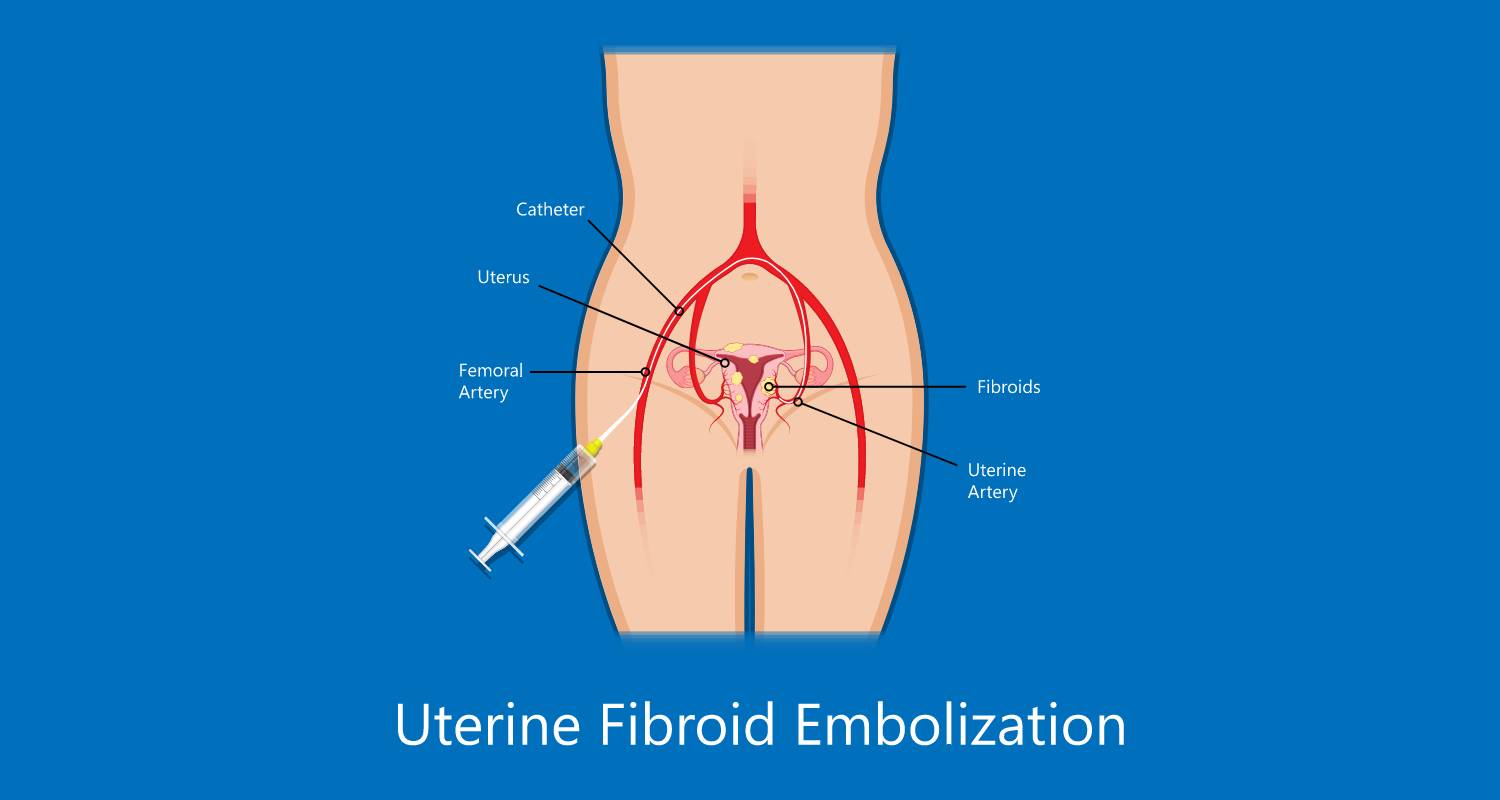
If medications and lifestyle changes aren’t providing enough relief, you may want to consider a procedure called uterine fibroid embolization (UFE). UFE is a minimally invasive procedure that involves blocking the blood supply to the fibroids, which shrinks them and relieves pain. This procedure has a success rate of almost 90% and most women experience significant or complete resolution of their fibroid symptoms.
Surgical Treatments:
In some cases, surgery may be necessary to remove the fibroids. There are several different types of surgical procedures that can be used, and your doctor will help you determine which one is best for you depending on your individual situation.
In Conclusion
In this blog post, we have discussed uterine fibroids, why some cause pain while others don’t, and ways to relieve fibroid pain. We hope that this information has been helpful and that you are now better equipped to manage your fibroid symptoms. If you have any further questions or would like more information on treatments for uterine fibroids, please do not hesitate to contact us. Thank you for reading!
